Located in the coastal area around Budva, the Budva Riviera is a popular tourist destination in Montenegro due to its well-preserved medieval walled city, sandy beaches and vibrant nightlife. The Budva region experiences a typical Mediterranean climate characterised by mild winters with abundant rain and dry spring, summer and autumn seasons. The coastline of Budva stretches for 25 kilometres and features 17 sandy and pebble beaches. Budva is shielded from strong northern winds by a striking mountain range. Take a look at my suggested two-day Budva itinerary, but let me start with a short history of the city.
Short history of Budva
With 2,500 years of history, Budva is one of the oldest settlements along the Adriatic coast. The arrival of the Venetian Republic in the 15th century marked a significant period in Budva's history, lasting approximately 400 years. The Venetians recognised the city's strategic importance and expanded its fortifications, including the iconic walls surrounding the old town. Their influence is still visible in the elegant Budva palaces, churches and squares that define the cityscape. Following the fall of the Republic of Venice in 1797, Budva came under the rule of the Habsburg Monarchy until the end of World War I, when it became part of the Kingdom of Yugoslavia. During the Yugoslav era, the town evolved into a prominent tourist destination. Since 2006, Budva has been a part of the independent Republic of Montenegro.
Day 1. Walk Budva beaches and wander around Budva Old Town
Sveti Stefan
Begin your day by catching a bus to Sveti Stefan, approximately 10 kilometres from the city centre of Budva. If you have ever seen pictures of Montenegro, chances are one of them included the picturesque Sveti Stefan Island. Originally a 15th-century fortified fishing village, Sveti Stefan has now become a popular tourist destination. 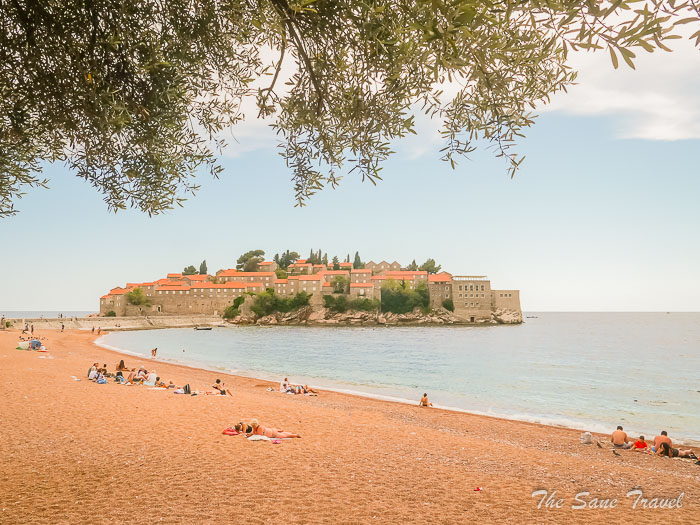
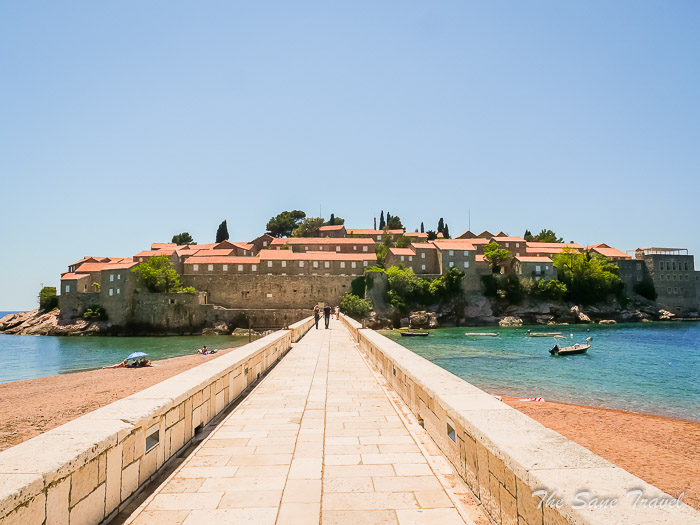
After observing Sveti Stefan from afar and possibly enjoying a swim at Sveti Stefan Beach, consider walking the path that links Sveti Stefan to the picturesque village of Przno. 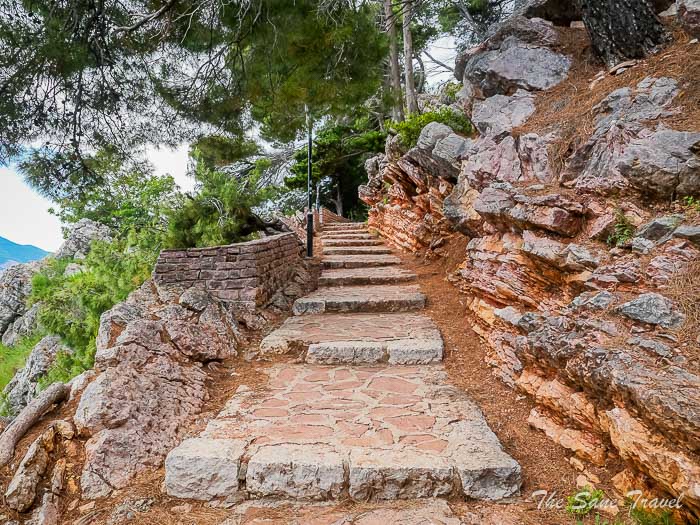
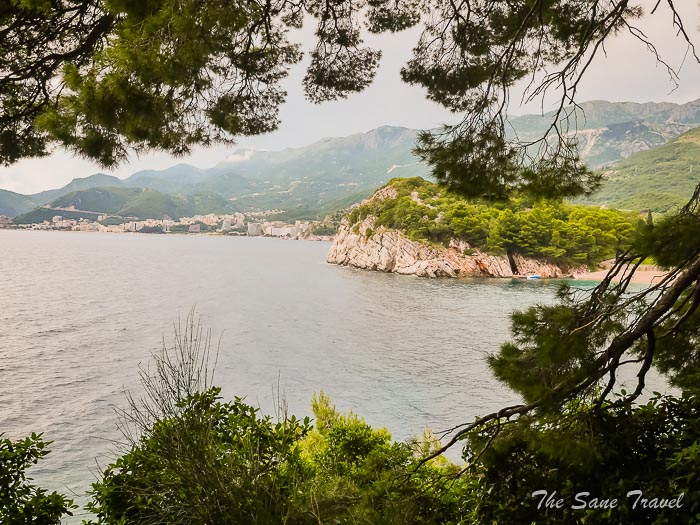
Queen´s Beach
Queen's Beach, also known as Kraljicina Plaza, is a stunning beach on the Adriatic Sea named after Queen Marija Karadordevic. This stunning beach is famous for its pristine natural beauty, clear waters and soft sand. Visitors can enjoy a pleasant and serene atmosphere away from the hustle and bustle of city life. Although it was previously a private beach, it is now open to the public. 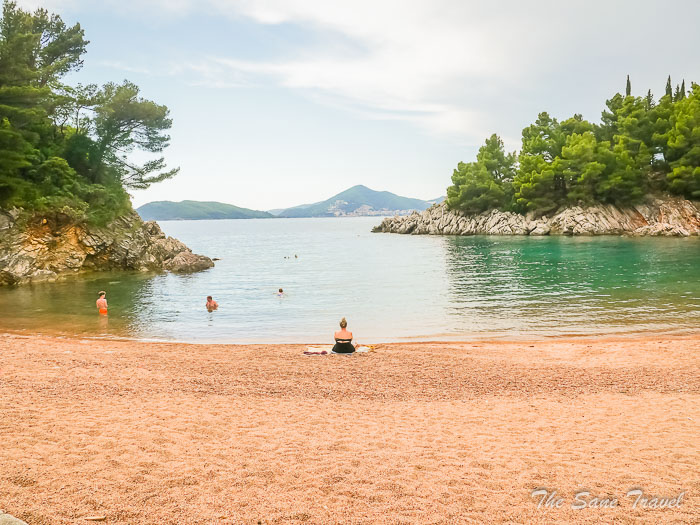
Przno Beach
Przno Beach, also known as Przno Plaza, is in a quaint Mediterranean fishing village. The village is part of the Budva Riviera and has a peaceful and traditional atmosphere. 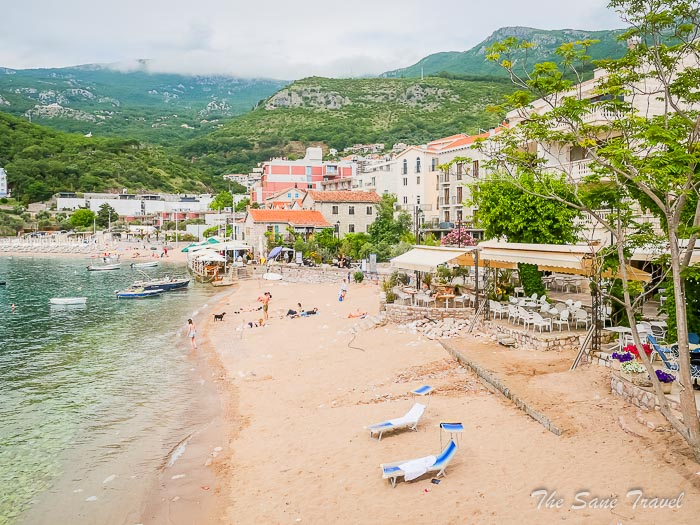
Lunch at Tavern More
Tavern More is situated in a 500-year-old house on the beach, featuring old stone arches that exude a Mediterranean atmosphere. The interior of the tavern also reflects this vibe. It is a great spot for those who enjoy the sea and delicious cuisine. 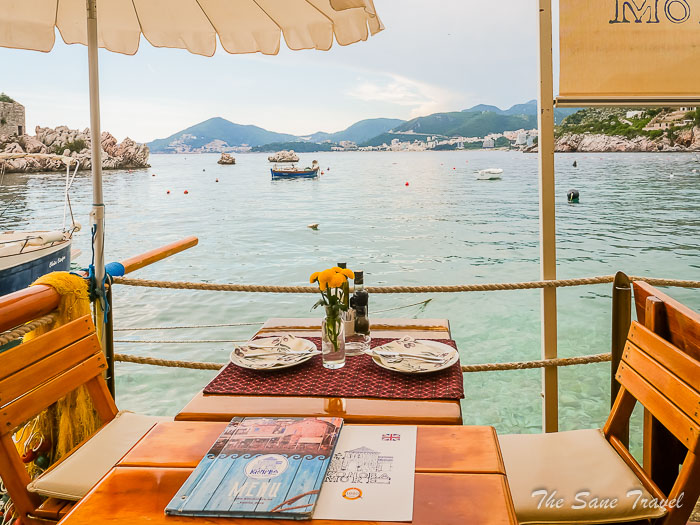
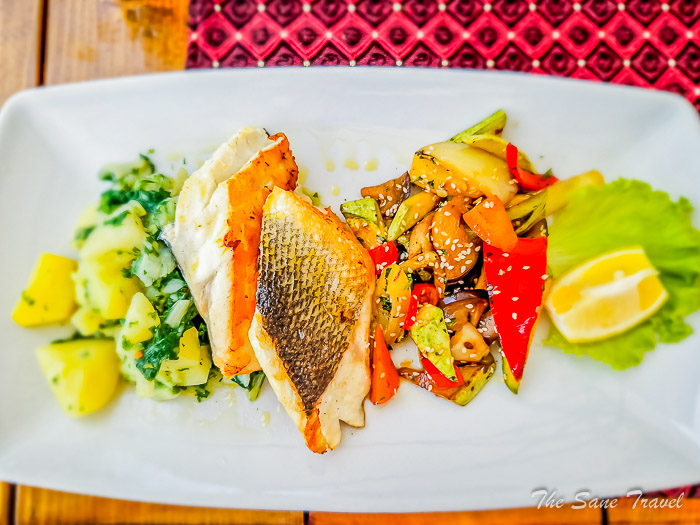
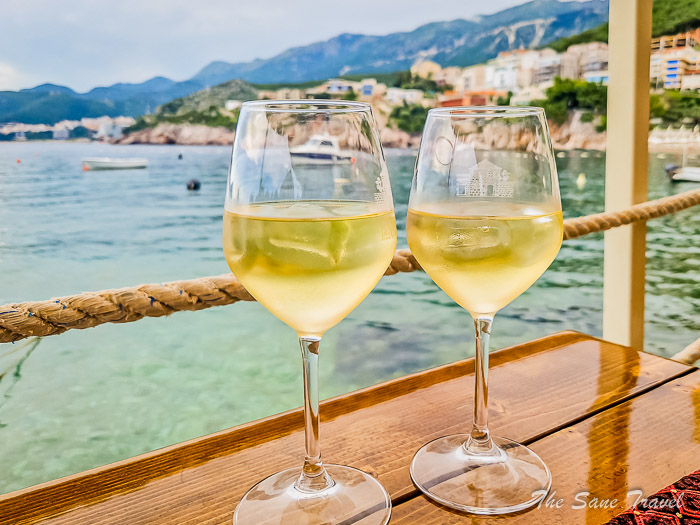
Ballerina statue
The Budva Ballerina, also known as the Budva Dancing Girl statue, is a bronze sculpture depicting a ballerina in a graceful pose. The statue has become a symbol of Budva and is a popular attraction located on the shoreline of Mogren Beach with the crystal blue sea in the background, making it an ideal spot for a photo shoot. Legend has it that sculptor Gradimir Aleksich created the sculpture after drawing inspiration from local tales of lost love and heartbreak. Regardless of the story you want to believe, seeing this ballerina by the Adriatic Sea is a must-see experience before continuing to Mogren Beach.
Mogren Beach
Mogren Beach is a popular destination in Budva, consisting of two sections linked by a small tunnel. Easily accessed via a walking path from Budva Old Town, the beach offers stunning views of both the historic town and the sea. 
Budva Old Town
Budva Old Town is situated on a peninsula in the city centre, featuring narrow cobblestone streets, alleys and charming squares. 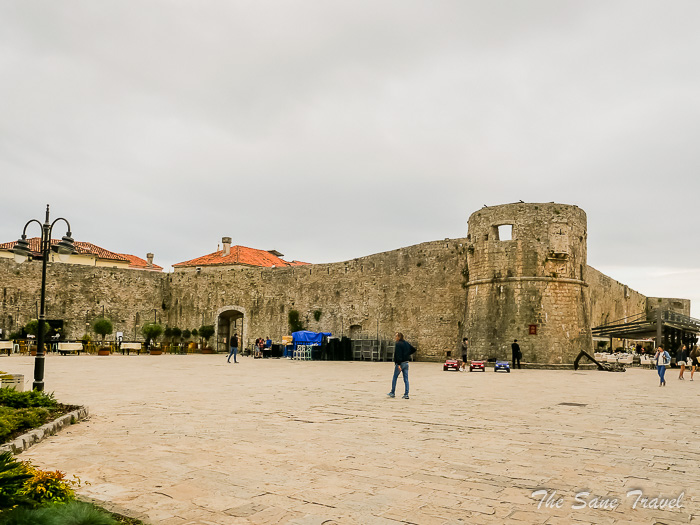
Day 2
Day trip to Lake Skadar
Lake Skadar, located on the border of Montenegro and Albania, is the largest lake in the Balkan Peninsula. It covers a surface area of 530 square kilometres, with a maximum length of 44 km and a maximum width of 14 km. Designated as a national park in 1983, Lake Skadar is home to stunning landscapes and diverse wildlife. The park covers an area of 40,000 ha, making it one of the largest national parks in Montenegro. With its reflective waters, rocky shores and wetlands, the lake is a haven for over 260 species of birds, including the largest population of pelicans in Europe. Additionally, the lake is home to various other bird species, such as snipes, ducks, cormorants, gulls and pheasants. Lake Skadar features historic fishing communities, island monasteries and pristine shorelines. The area is known for its high-quality wines and organic food grown by farmers in the Crmnica and Godinje valleys.
Virpazar is a small town on Lake Skadar, serving as a popular starting point for various boat tours. Visitors who arrive independently have a range of tour options to choose from. 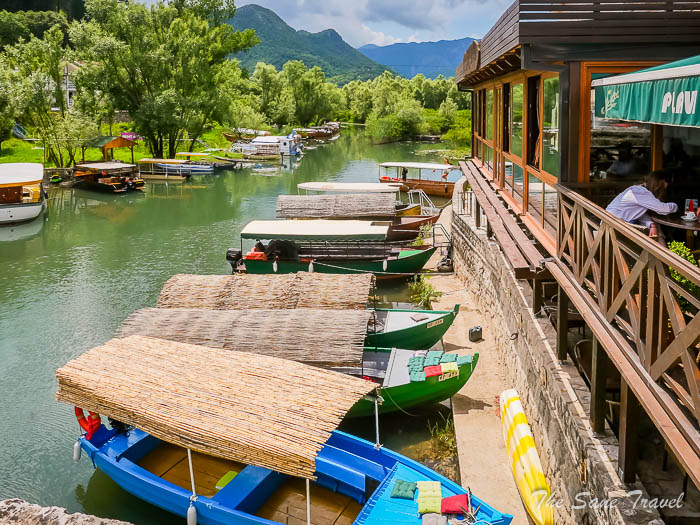
I researched the options for public transportation from Budva to Virpazar and was informed by a ticket agent at the Budva bus station that there is no direct bus route. Instead, I would need to transfer from a bus to a train at Podgorica, resulting in a longer journey of almost 100 kilometres and over 2 hours each way. To save time, I booked an organised tour from Budva. The bus tour with approximately 40 participants was operated by the travel agency Gardasevic. 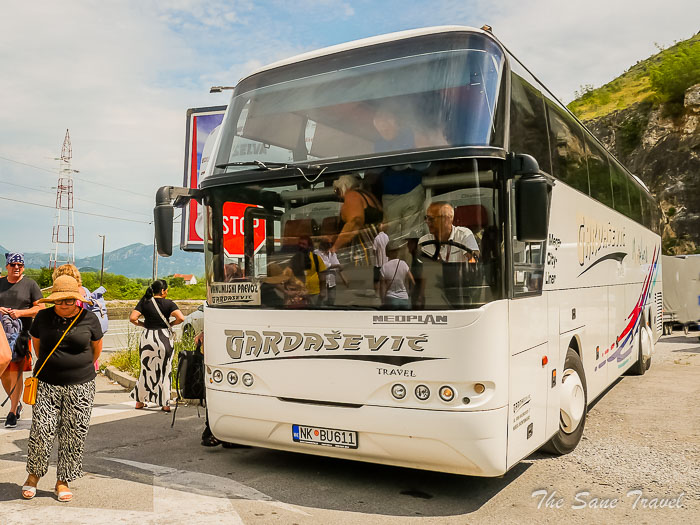
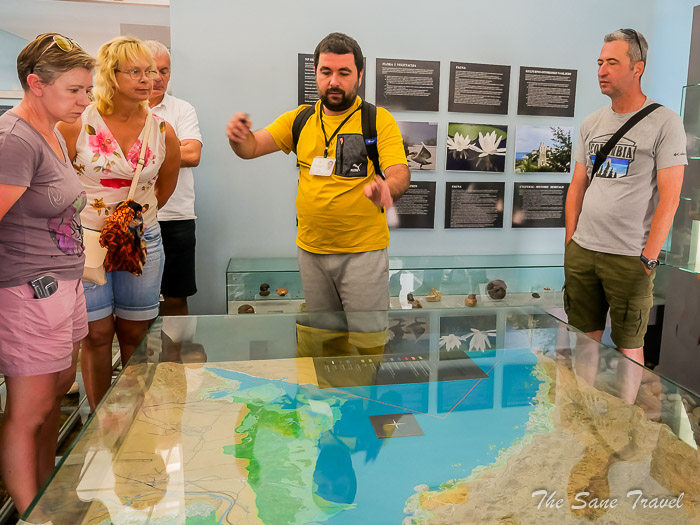
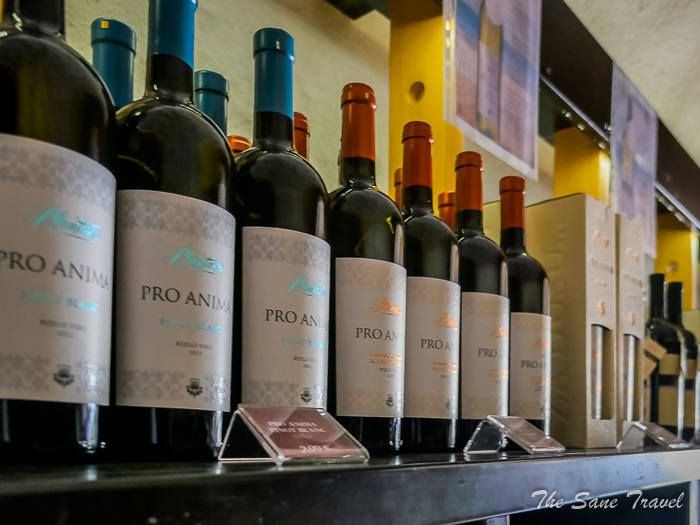
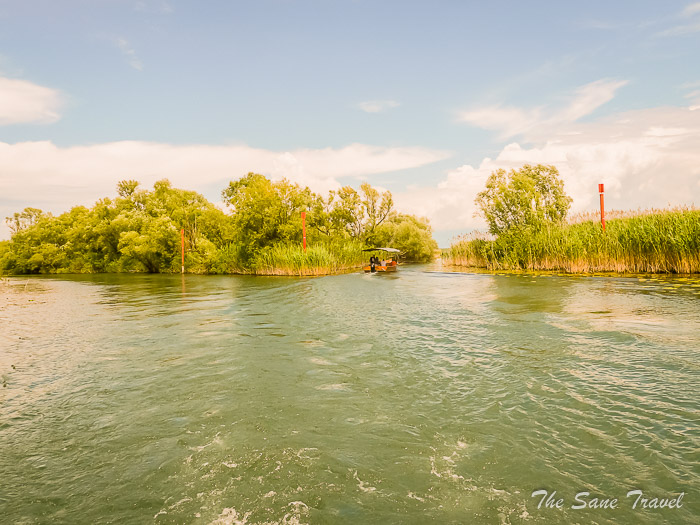
Practical tip: If possible, visit Virpazar independently and choose a boat tour that best suits your preferences from the various options available. If you have the time, consider staying overnight near the lake to allow for more exploration, including hiking.
Where to stay
Hotel Villa Gracia
The small 4-star Hotel Villa Gracia is conveniently situated in the city centre of Budva, at 5 Nikola Tesla Street. This location is ideal for those looking to be near the main city attractions and events while still enjoying a peaceful environment. 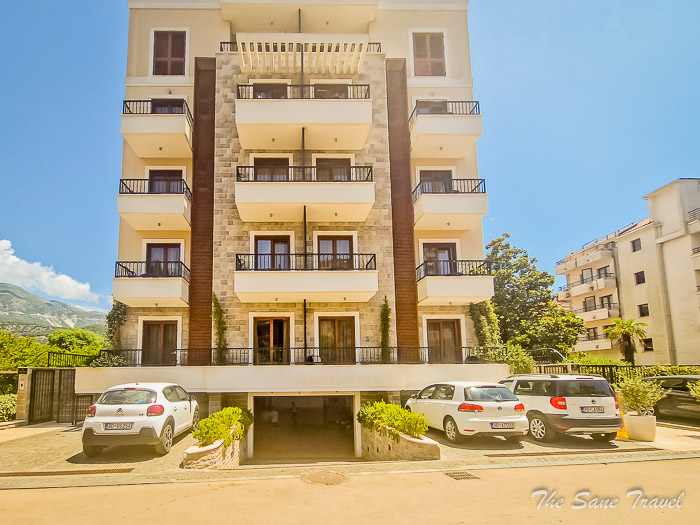
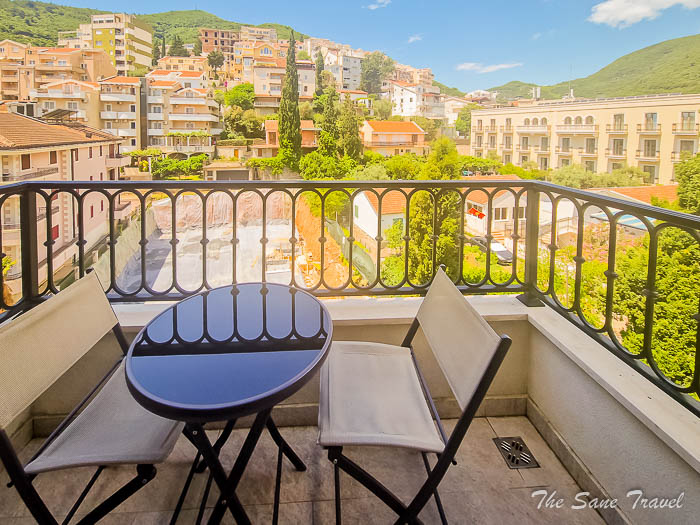
Like it? Pin it!
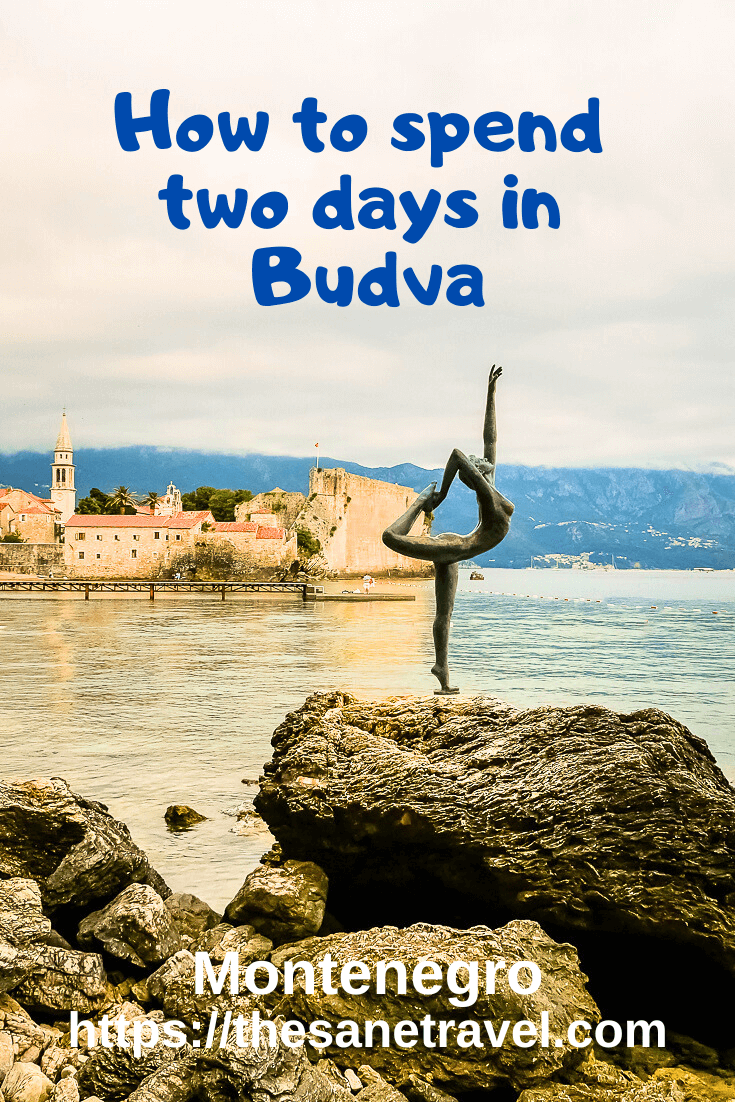
What did you think? Have you visited Budva? I would love to hear from you, so please add your comment below.
Author: Anita Sane

About the author
Anita is a part-time traveller, passionate photographer and a retired career woman from Latvia, travelling mostly solo for more than 15 years. She is a skilled travel planner who plans and executes her travels by herself. Anita wants to show you how to travel the world and open your mind to new experiences. Follow her on Facebook, Instagram, Pinterest, Twitter and Bloglovin.

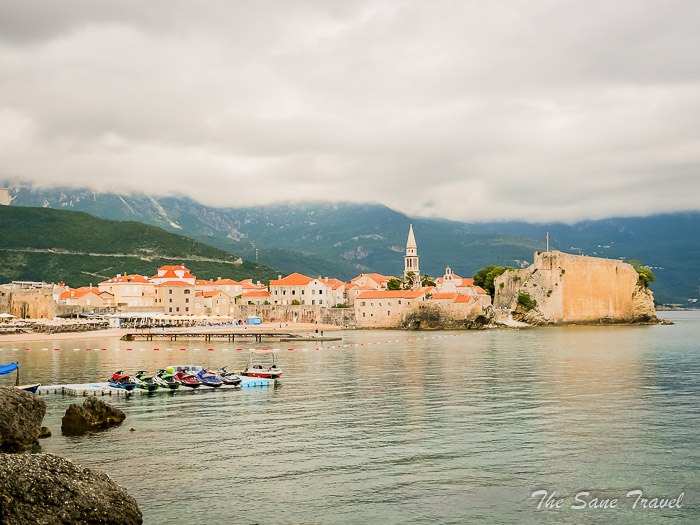
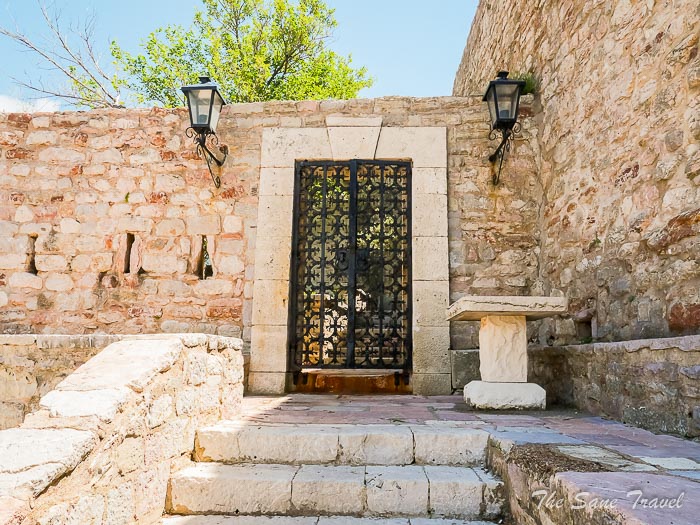
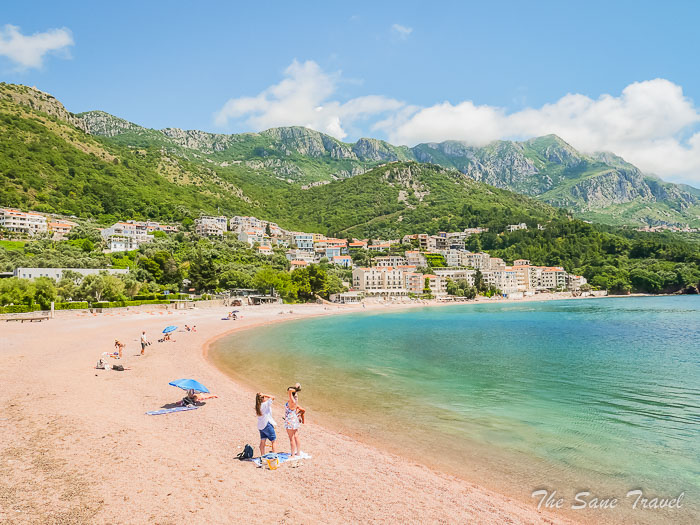
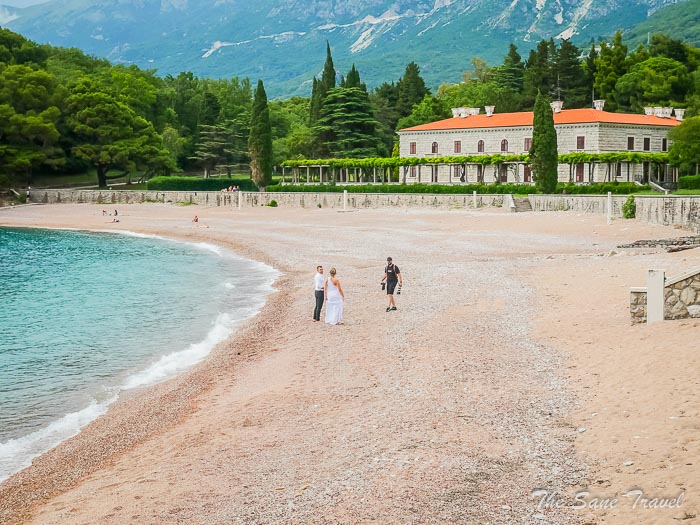
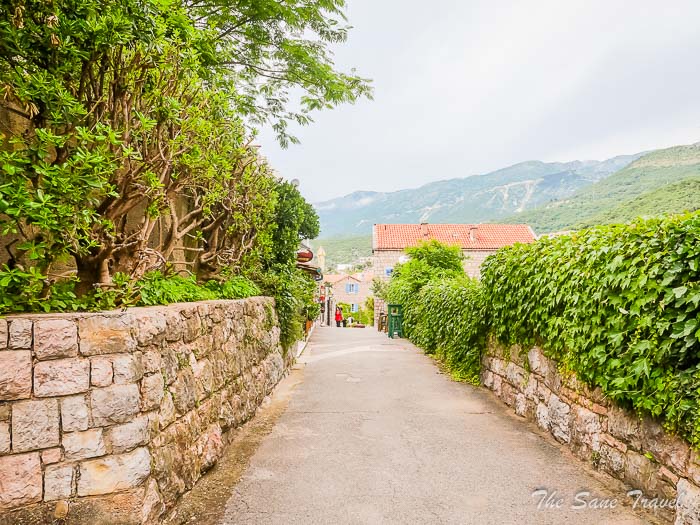
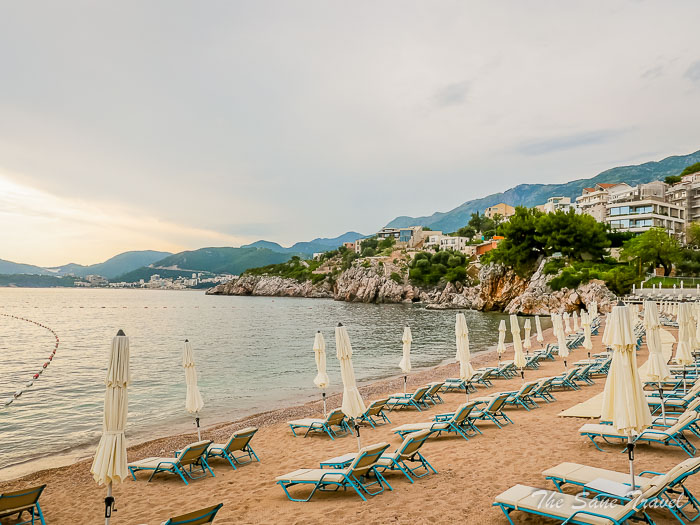
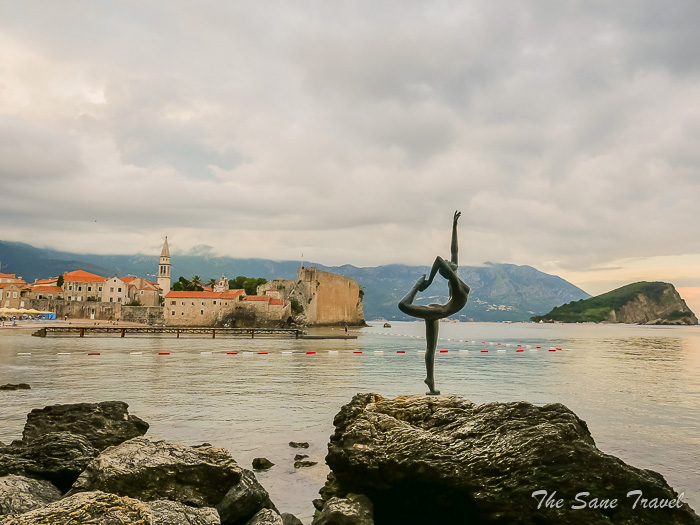
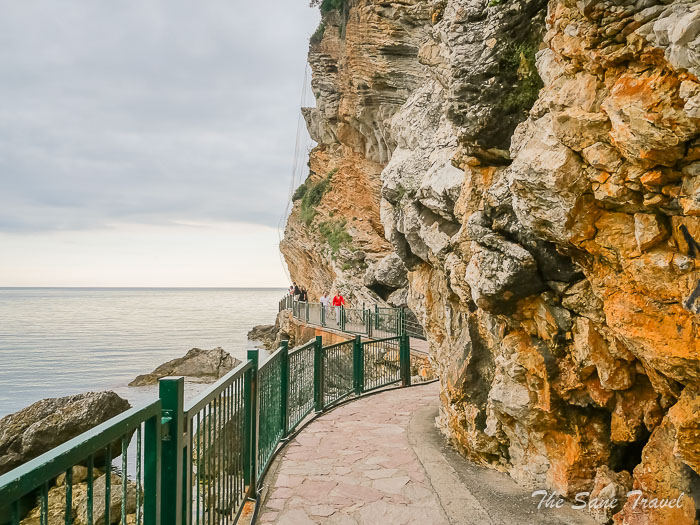
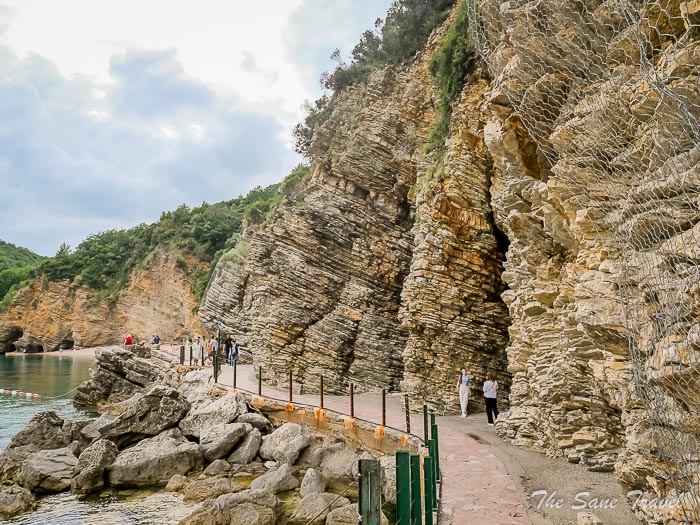
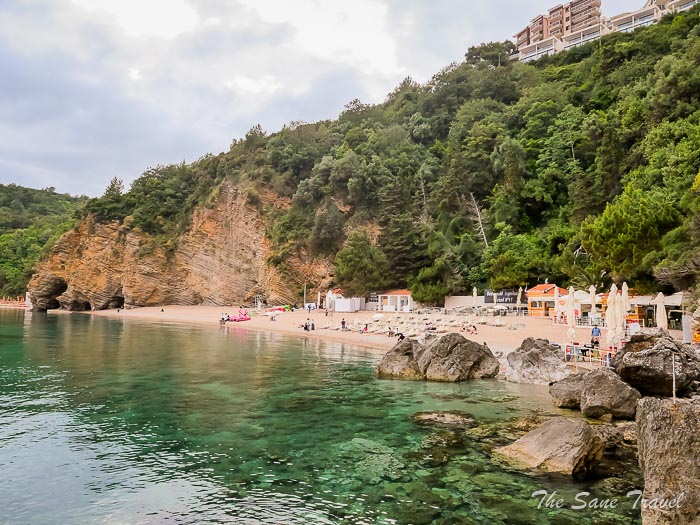
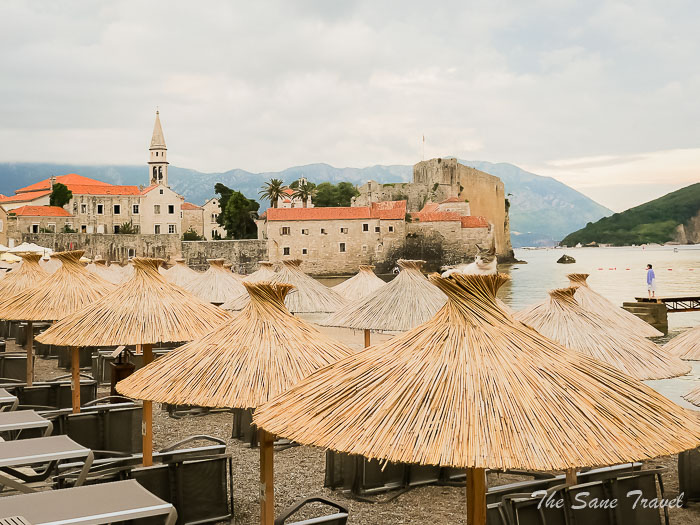
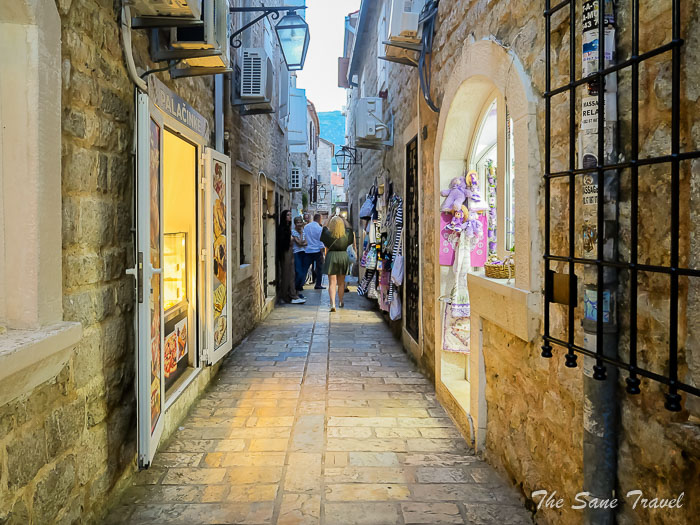
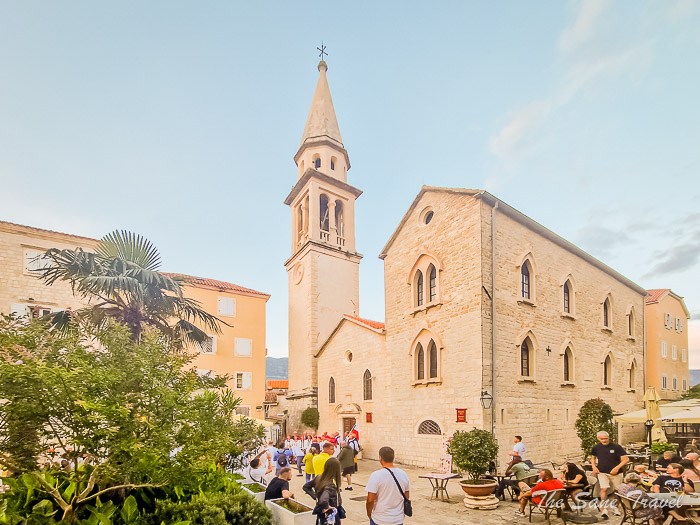
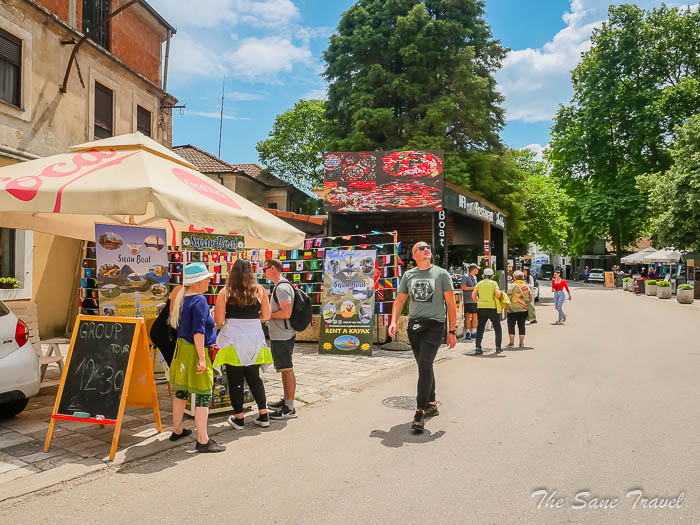
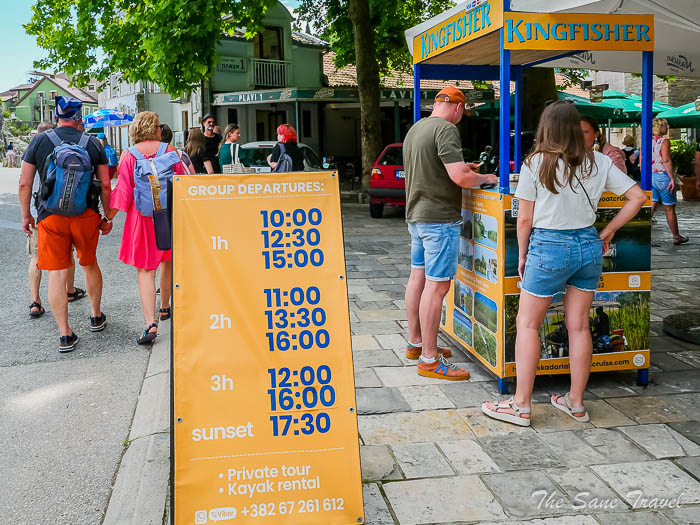
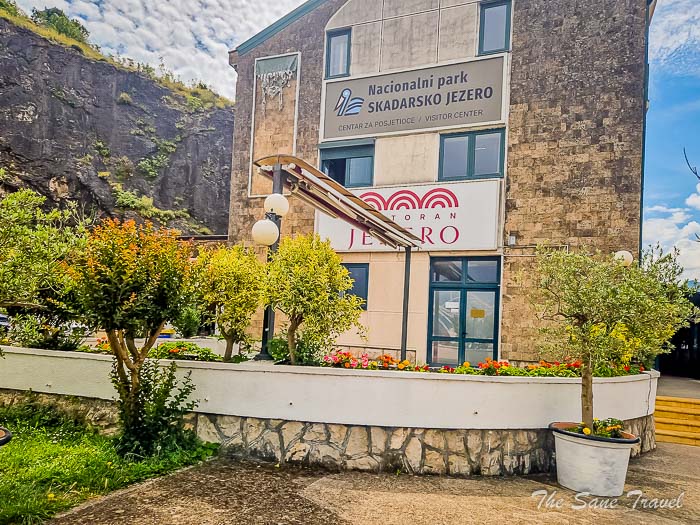
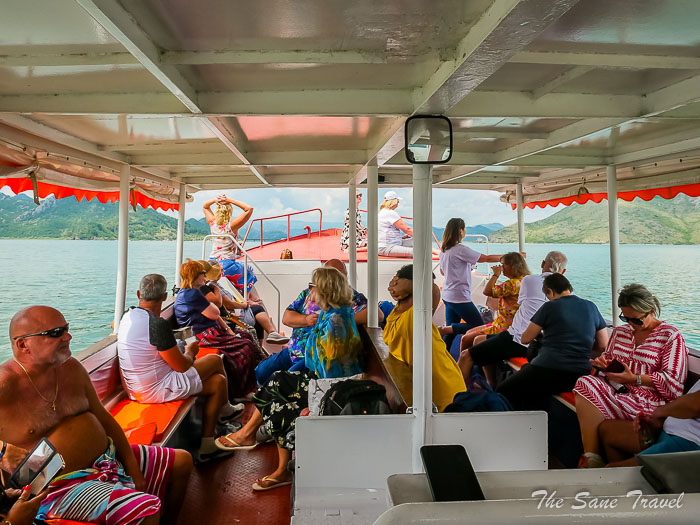

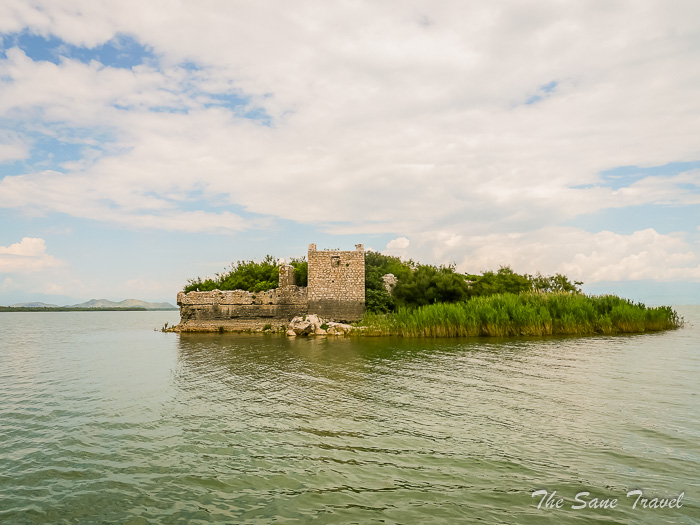
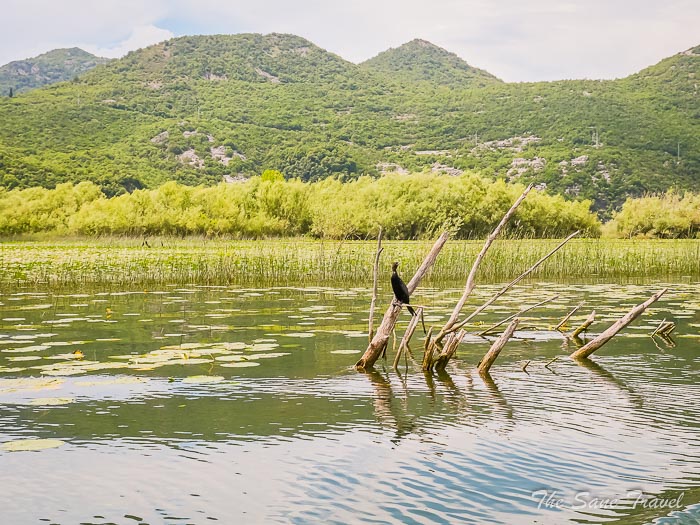
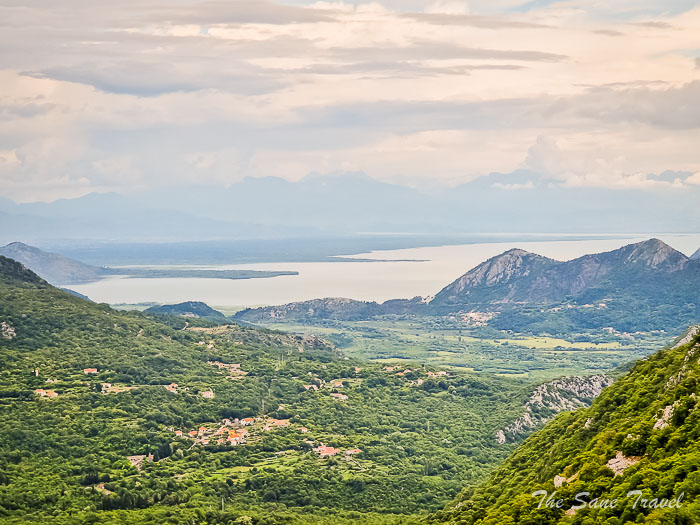
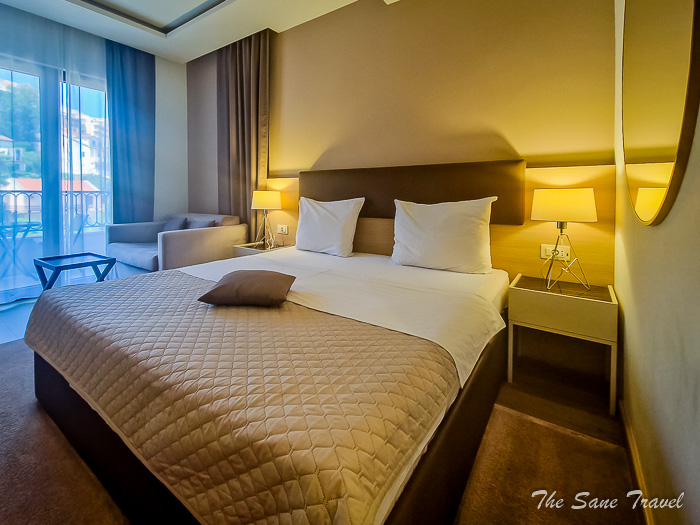
Report
My comments